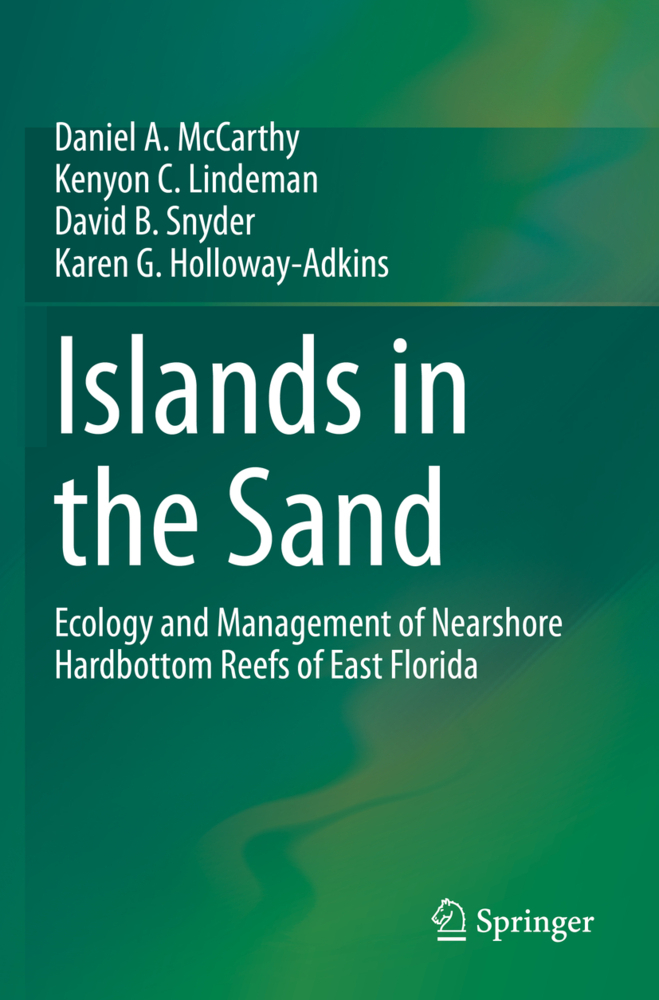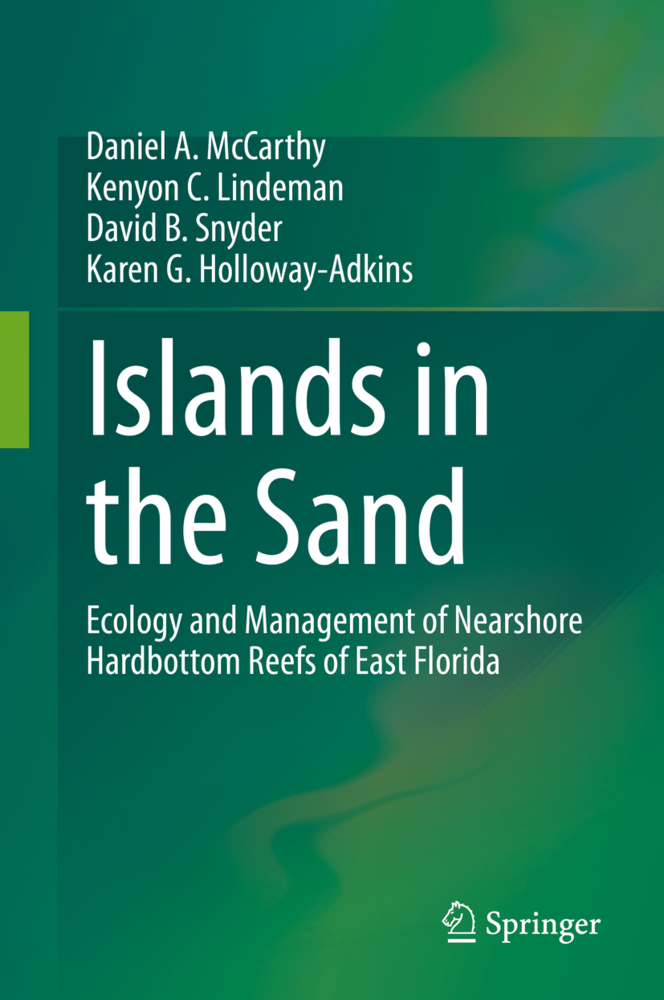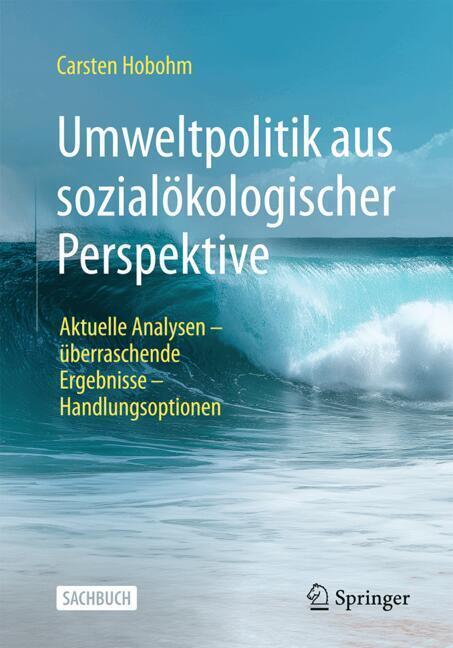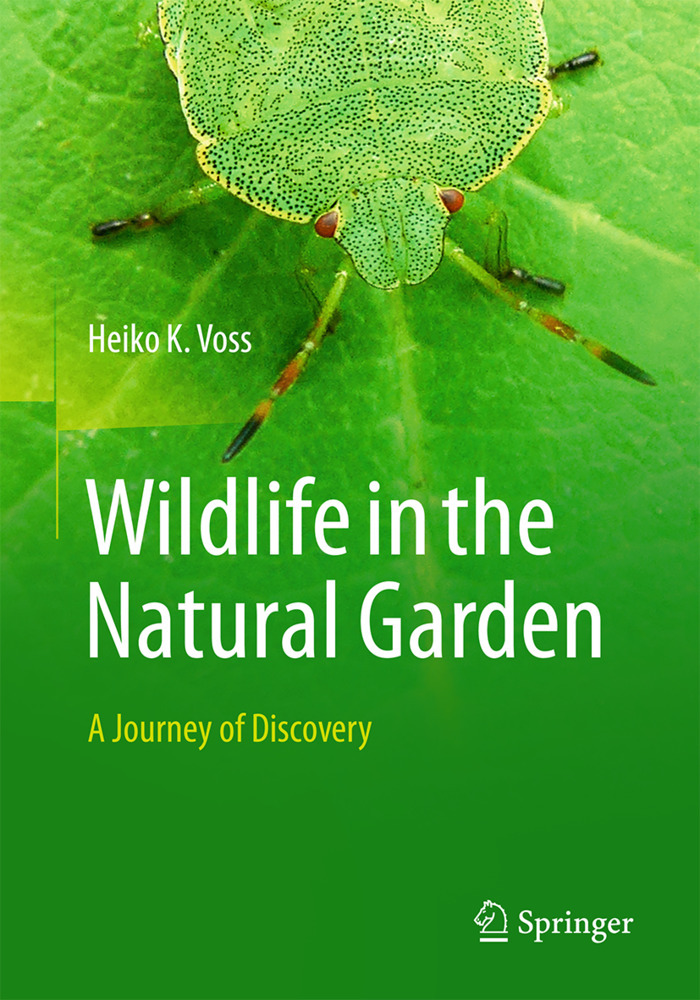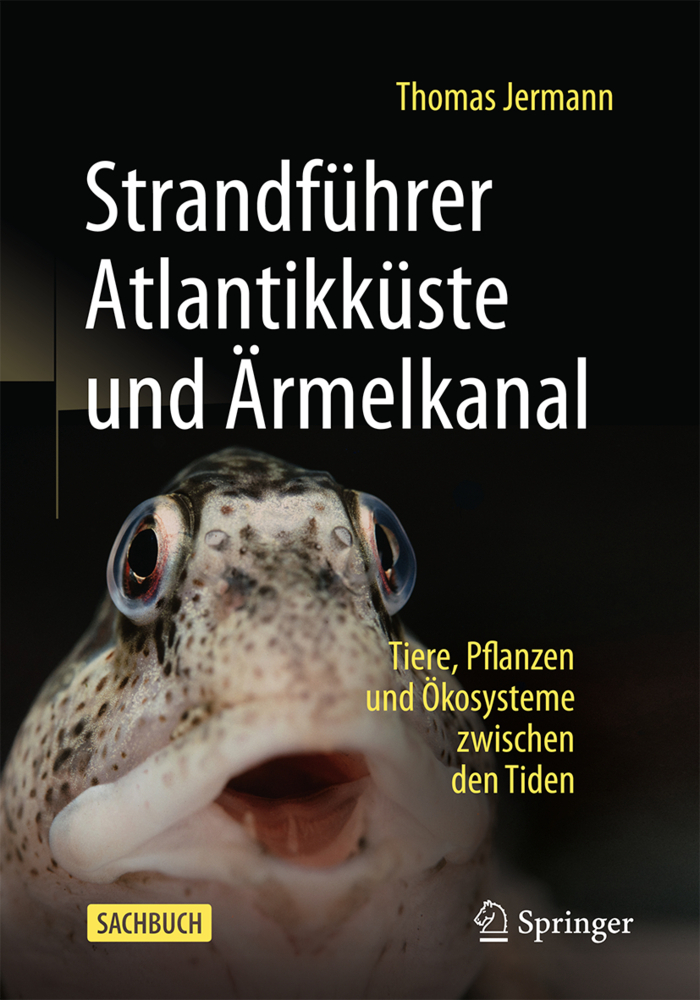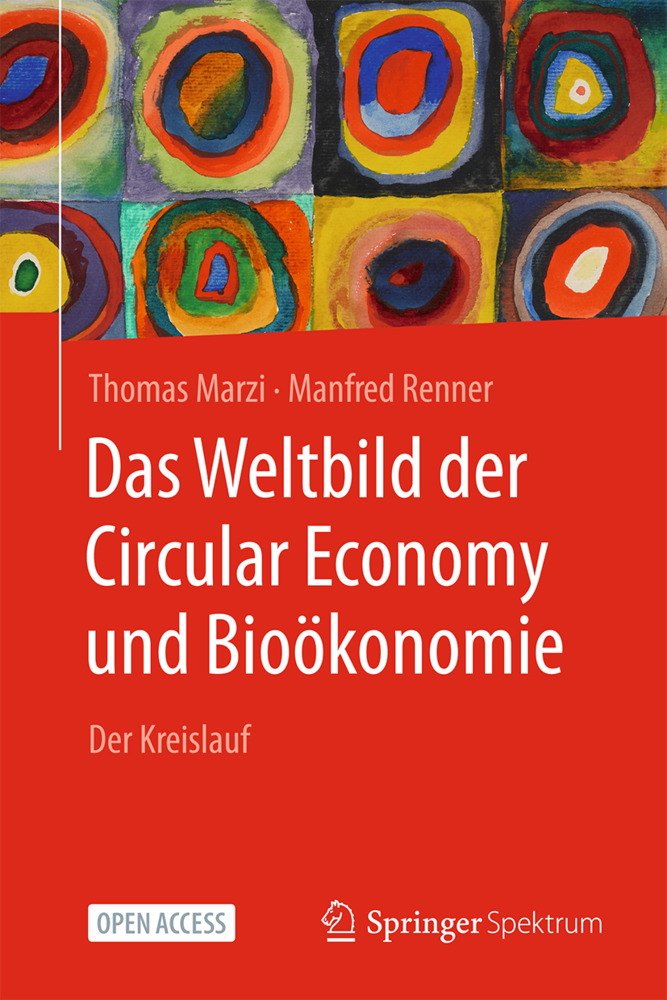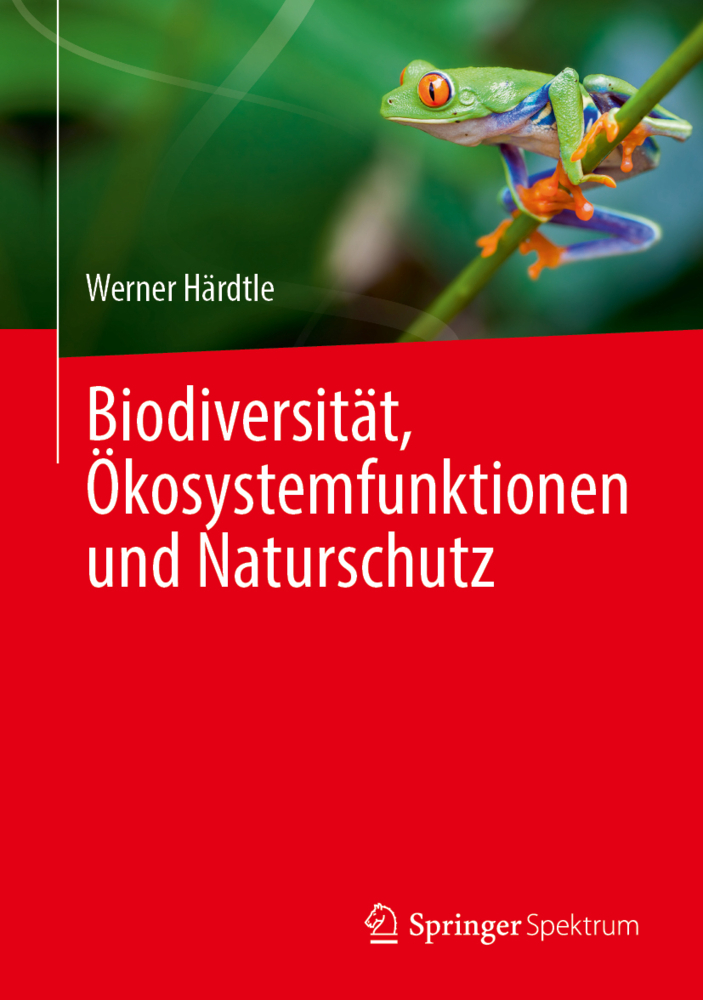Islands in the Sand
Ecology and Management of Nearshore Hardbottom Reefs of East Florida
Islands in the Sand
Ecology and Management of Nearshore Hardbottom Reefs of East Florida
Nearshore hardbottom reefs of Florida's east coast are used by over 1100 species of fishes, invertebrates, algae, and sea turtles. These rocky reefs support reproduction, settlement, and habitat use, and are energy sources and sinks. They are also buried by beach renourishment projects in which artificial reefs are used for mitigation. This comprehensive book is for research scientists and agency personnel, yet accessible to interested laypersons including beachfront residents and water-users.
An unprecedented collection of research information and often stunning color photographs are assembled including over 1250 technical citations and 127 figures. These shallow reefs are part of a mosaic of coastal shelf habitats including estuarine seagrasses and mangroves, and offshore coral reefs.
These hardbottom habitats are federally designated as Essential Fish Habitats - Habitats of Particular Concern and are important feeding areas forfederally-protected sea turtles. Organismal and assemblage responses to natural and man-made disturbances, including climate change, are examined in the context of new research and management opportunities for east Florida's islands in the sand.
Macroalgae and Cyanobacteria
Invertebrates
Fish Assemblages
Marine Turtles
Functional Ecological Attributes of Shallow Hardbottom
Mitigating Shallow Hardbottom Impacts
Literature Cited
Appendices.
An unprecedented collection of research information and often stunning color photographs are assembled including over 1250 technical citations and 127 figures. These shallow reefs are part of a mosaic of coastal shelf habitats including estuarine seagrasses and mangroves, and offshore coral reefs.
These hardbottom habitats are federally designated as Essential Fish Habitats - Habitats of Particular Concern and are important feeding areas forfederally-protected sea turtles. Organismal and assemblage responses to natural and man-made disturbances, including climate change, are examined in the context of new research and management opportunities for east Florida's islands in the sand.
Introduction: the Habitat and the Ecosystem
Shallow Hardbottom of East Florida and the Caribbean and the Regional Shelf SettingMacroalgae and Cyanobacteria
Invertebrates
Fish Assemblages
Marine Turtles
Functional Ecological Attributes of Shallow Hardbottom
Mitigating Shallow Hardbottom Impacts
Literature Cited
Appendices.
McCarthy, Daniel A.
Lindeman, Kenyon C.
Snyder, David B.
Holloway-Adkins, Karen G.
| ISBN | 978-3-030-40359-1 |
|---|---|
| Artikelnummer | 9783030403591 |
| Medientyp | Buch |
| Copyrightjahr | 2021 |
| Verlag | Springer, Berlin |
| Umfang | XVIII, 472 Seiten |
| Abbildungen | XVIII, 472 p. 135 illus., 125 illus. in color. |
| Sprache | Englisch |

